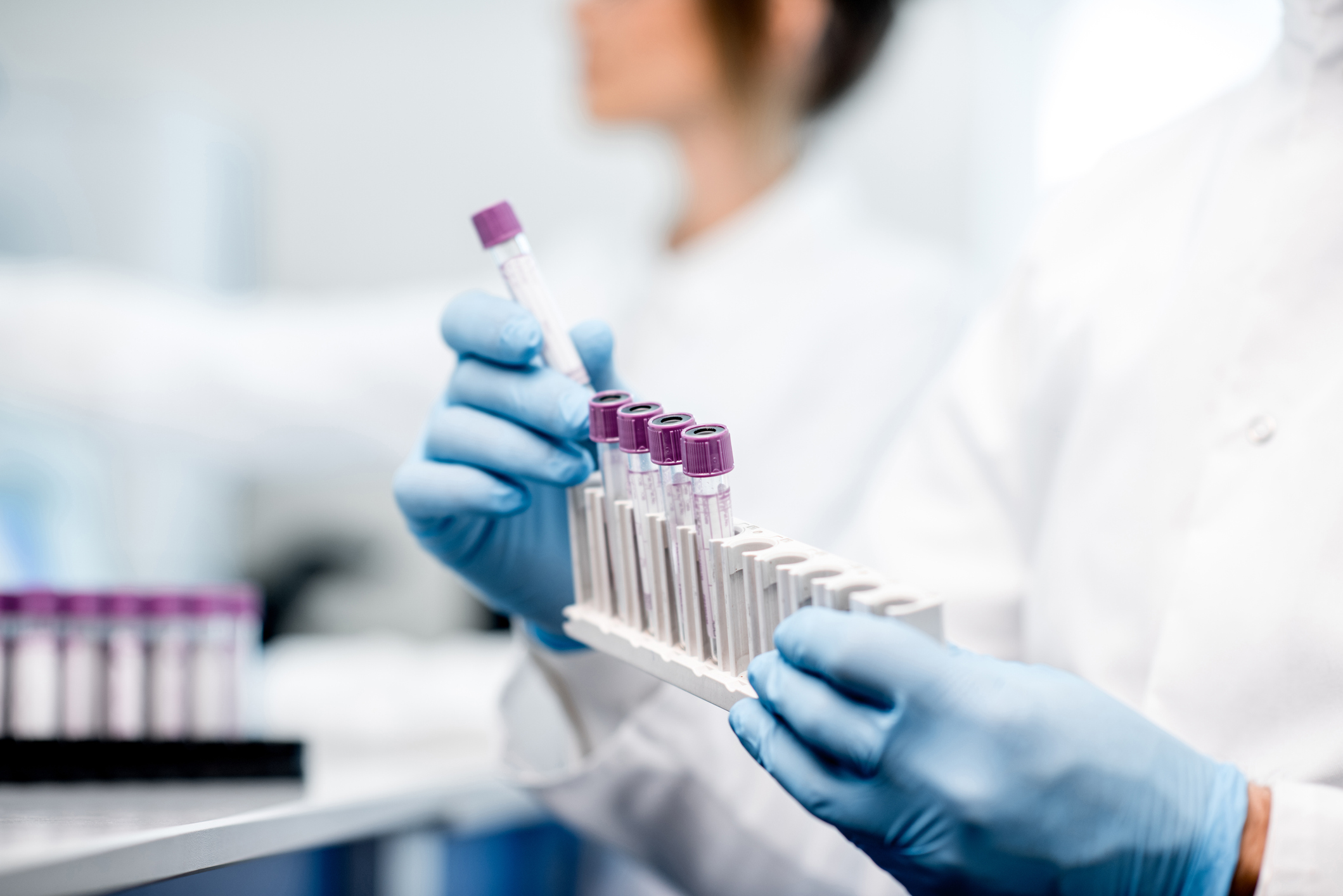Using Real-World Data to Guide Ustekinumab Dosing Strategies for Psoriasis: A Prospective Pharmacokinetic-Pharmacodynamic Study
29 January 2020
Pan S, Tsakok T, Dand N, Lonsdale DO, Loeff FC, Bloem K, de Vries A, Baudry D, Duckworth M, Mahil S, Pushpa-Rajah A, Russell A, Alsharqi A, Becher G, Murphy R, Wahie S, Wright A, Griffiths CEM, Reynolds NJ, Barker J, Warren RB, David Burden A, Rispens T, Standing JF, Smith CH, BADBIR Study Group, the BSTOP Study Group, the PSORT Consortium.
Clinical and Translational Science, (2020) pg 400-409
Abstract
Variation in response to biologic therapy for inflammatory diseases, such as psoriasis, is partly driven by variation in drug exposure. Real‐world psoriasis data were used to develop a pharmacokinetic/pharmacodynamic (PK/PD) model for the first‐line therapeutic antibody ustekinumab. The impact of differing dosing strategies on response was explored. Data were collected from a UK prospective multicenter observational cohort (491 patients on ustekinumab monotherapy, drug levels, and anti‐drug antibody measurements on 797 serum samples, 1,590 measurements of Psoriasis Area Severity Index (PASI)). Ustekinumab PKs were described with a linear one‐compartment model. A maximum effect (Emax) model inhibited progression of psoriatic skin lesions in the turnover PD mechanism describing PASI evolution while on treatment. A mixture model on half‐maximal effective concentration identified a potential nonresponder group, with simulations suggesting that, in future, the model could be incorporated into a Bayesian therapeutic drug monitoring “dashboard” to individualize dosing and improve treatment outcomes.
Using Real-World Data to Guide Ustekinumab Dosing Strategies for Psoriasis: A Prospective Pharmacokinetic-Pharmacodynamic Study.


